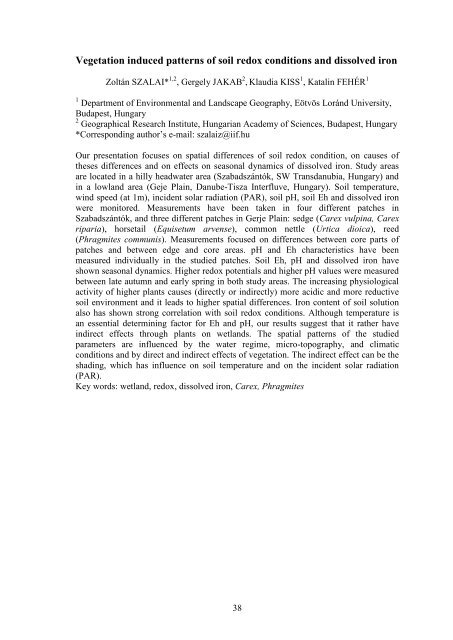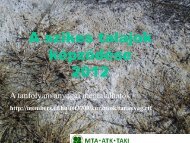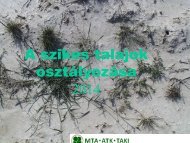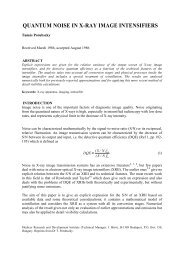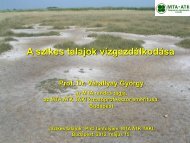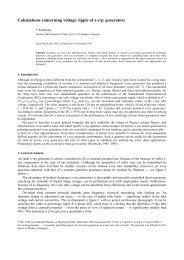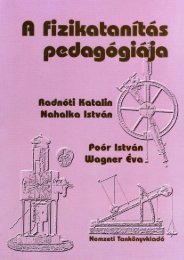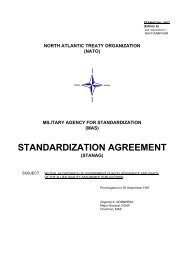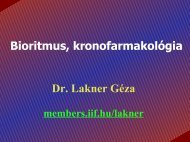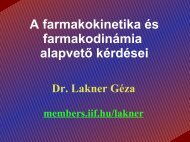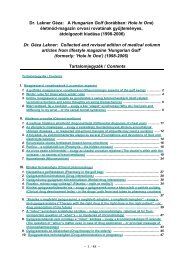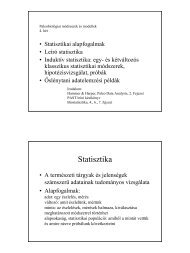Abstract form
Abstract form
Abstract form
Create successful ePaper yourself
Turn your PDF publications into a flip-book with our unique Google optimized e-Paper software.
Vegetation induced patterns of soil redox conditions and dissolved iron<br />
Zoltán SZALAI* 1,2 , Gergely JAKAB 2 , Klaudia KISS 1 , Katalin FEHÉR 1<br />
1 Department of Environmental and Landscape Geography, Eötvös Loránd University,<br />
Budapest, Hungary<br />
2 Geographical Research Institute, Hungarian Academy of Sciences, Budapest, Hungary<br />
*Corresponding author’s e-mail: szalaiz@iif.hu<br />
Our presentation focuses on spatial differences of soil redox condition, on causes of<br />
theses differences and on effects on seasonal dynamics of dissolved iron. Study areas<br />
are located in a hilly headwater area (Szabadszántók, SW Transdanubia, Hungary) and<br />
in a lowland area (Geje Plain, Danube-Tisza Interfluve, Hungary). Soil temperature,<br />
wind speed (at 1m), incident solar radiation (PAR), soil pH, soil Eh and dissolved iron<br />
were monitored. Measurements have been taken in four different patches in<br />
Szabadszántók, and three different patches in Gerje Plain: sedge (Carex vulpina, Carex<br />
riparia), horsetail (Equisetum arvense), common nettle (Urtica dioica), reed<br />
(Phragmites communis). Measurements focused on differences between core parts of<br />
patches and between edge and core areas. pH and Eh characteristics have been<br />
measured individually in the studied patches. Soil Eh, pH and dissolved iron have<br />
shown seasonal dynamics. Higher redox potentials and higher pH values were measured<br />
between late autumn and early spring in both study areas. The increasing physiological<br />
activity of higher plants causes (directly or indirectly) more acidic and more reductive<br />
soil environment and it leads to higher spatial differences. Iron content of soil solution<br />
also has shown strong correlation with soil redox conditions. Although temperature is<br />
an essential determining factor for Eh and pH, our results suggest that it rather have<br />
indirect effects through plants on wetlands. The spatial patterns of the studied<br />
parameters are influenced by the water regime, micro-topography, and climatic<br />
conditions and by direct and indirect effects of vegetation. The indirect effect can be the<br />
shading, which has influence on soil temperature and on the incident solar radiation<br />
(PAR).<br />
Key words: wetland, redox, dissolved iron, Carex, Phragmites<br />
38


